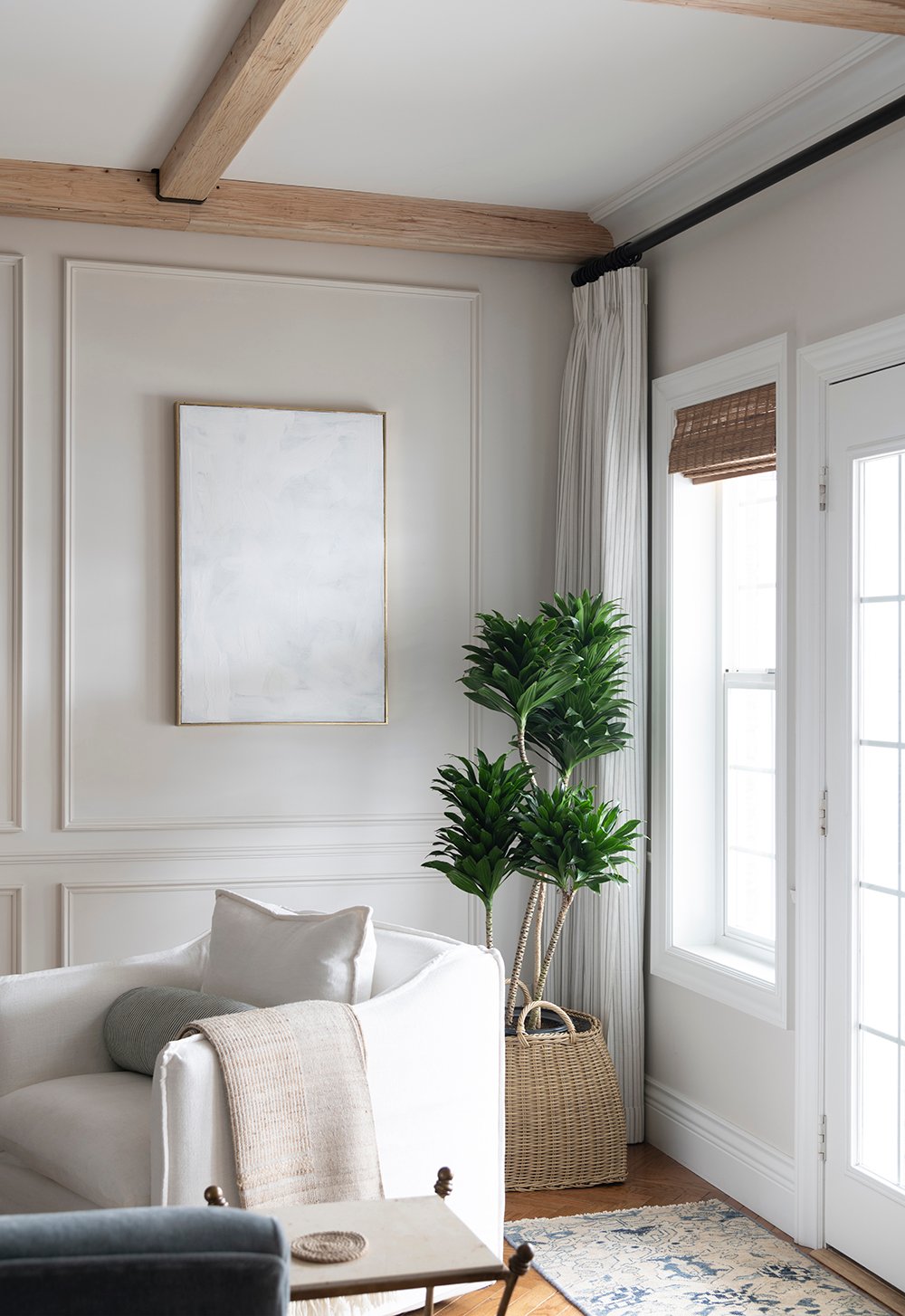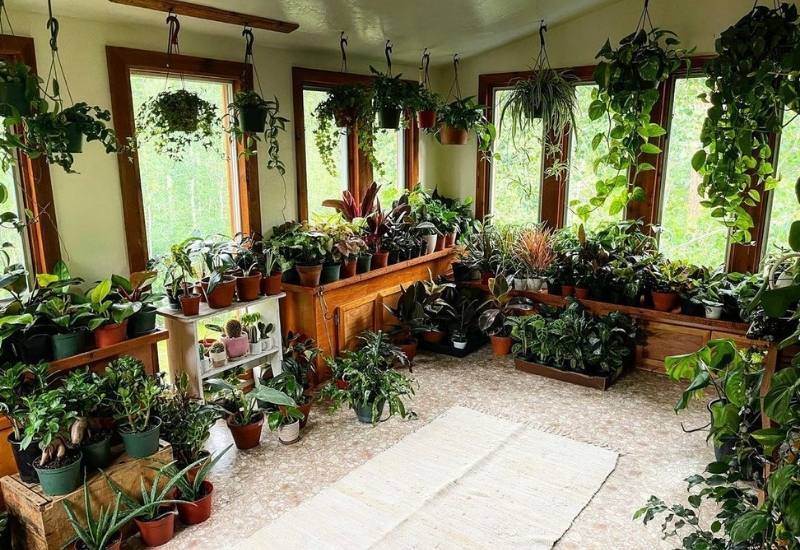A Guide to the Best Low-Light Indoor Plants for Small Spaces
A Guide to the Best Low-Light Indoor Plants for Small Spaces
Blog Article
Transform Your Home With Beautiful Low-Light Indoor Plants and Their Benefits
Integrating low-light indoor plants right into your home can significantly boost both the visual and ecological high quality of your home. These plants, which prosper in dim problems, offer not just as decorative aspects yet likewise as all-natural air purifiers, making them suitable for metropolitan occupants or those with restricted sunlight exposure. As we explore the different types of low-light plants and their advantages, you may locate shocking methods to incorporate them right into your home that can transform your surroundings in means you might not have actually prepared for.
Advantages of Low-Light Plants
Low-light plants offer many benefits for indoor atmospheres, making them an exceptional choice for both newbie and knowledgeable garden enthusiasts. Among the key advantages is their versatility to low-light problems, enabling people to improve their space without the demand for considerable sunlight direct exposure. This particular makes them ideal for homes, offices, and other areas with restricted natural light.

Moreover, integrating low-light plants right into home decor can elevate the aesthetic charm of a space. Their lavish vegetation and differed structures create a soothing atmosphere, contributing to total well-being. Last but not least, the presence of greenery has actually been linked to decreased stress and anxiety degrees and improved efficiency, making low-light plants a useful choice for enhancing both psychological and physical health and wellness in interior setups.
Leading Low-Light Indoor Plants
While several indoor plants flourish in intense light, a number of species are especially fit for low-light conditions, making them suitable for different interior spaces. One prominent option is the Serpent Plant (Sansevieria), understood for its striking upright leaves and resilience, requiring very little care. Another excellent alternative is the Pothos (Epipremnum aureum), which features heart-shaped fallen leaves and can track wonderfully from racks or hangers, thriving in reduced light and including a lush touch.
The ZZ Plant (Zamioculcas zamiifolia) is celebrated for its glossy leaves and ability to withstand neglect, making it ideal for hectic lifestyles. The Tranquility Lily (Spathiphyllum) not only endures low light but also creates magnificent white blossoms, boosting any type of room's aesthetic.
For a special touch, take into consideration the Cast Iron Plant (Aspidistra elatior), which without a doubt lives up to its name, flourishing in the darkest corners of your home. Lastly, the Chinese Evergreen (Aglaonema) uses a range of leaf patterns and shades while being exceptionally forgiving in low-light problems. These plants not just enhance interior settings however additionally add to air filtration, boosting your living area.
Care Tips for Low-Light Plants

Sprinkling methods are essential; these plants often favor a little completely dry problems. Overwatering can lead to root rot, so guarantee that the top inch read here of dirt is dry prior to sprinkling again. Usage pots with drainage holes to permit excess moisture to leave.
Moisture is one more vital factor. Lots of low-light plants, such as brushes and tranquility lilies, benefit from greater humidity degrees. To increase moisture, consider misting the leaves or putting a tray of water near the plants.
Fertilizing ought to be come close to with caution. During the growing period, utilize a thinned down, balanced fluid fertilizer on a monthly basis to support growth, yet prevent fertilizing throughout the inactive wintertime months.

Innovative Ways to Show Plants
Indoor plants can function as captivating centerpieces in any kind of room, boosting both aesthetic appeal and setting. Innovative displays can raise the visual effect of low-light plants, making them an integral part of your home design. One reliable method is to utilize tiered plant stands, which permit you to showcase numerous plants at varying elevations while taking full advantage of flooring space.
Hanging planters are an additional innovative choice, developing a feeling of depth and drawing the eye upwards. Take into consideration macramé hangers or wall-mounted shelves to introduce a special structure and style.
For an extra structured strategy, usage geometric terrariums or glass containers to house your plants, adding a modern-day touch to your interior yard. You can likewise repurpose vintage things, such as teacups or wood pet crates, for a diverse screen that reflects your individuality.
Enhancing Home Atmosphere With Plants
Integrating low-light plants right into your home not just enhances visual charm however also adds dramatically to the general setting. These plants work as all-natural decor aspects, presenting a feeling of harmony that can change any type of area. The existence of plant fosters a relaxing environment, which is specifically valuable in high-stress atmospheres such as office or website here living areas.
Low-light plants, such as snake plants, pothos, and ZZ plants, are not just aesthetically pleasing however additionally boost interior air high quality by filtering system pollutants. This YOURURL.com double feature improves the atmosphere even more, creating a healthier home (Best low-light indoor plants). The strategic positioning of these plants can likewise influence the perception of space; as an example, tall plants can draw the eye up, making ceilings show up greater and spaces a lot more spacious
Additionally, differing structures and colors of vegetation include depth to interior decoration, enabling creative expression in home styling. Whether put on shelves, in corners, or as focal points, low-light plants can elevate the state of mind of any space. In summary, incorporating these plants right into your home is a reliable way to promote a warm, inviting ambience while profiting of enhanced air high quality and visual versatility.
Conclusion
Incorporating low-light interior plants into home settings offers various benefits, consisting of enhanced visual allure and boosted air high quality. These resilient plants, such as the Serpent Plant and Peace Lily, need marginal light and upkeep, making them suitable for diverse lifestyles. Their ability to filter pollutants adds to a much healthier living space, while their varied structures and shades improve interior style (Best low-light indoor plants). Eventually, the inclusion of low-light plants fosters a peaceful and inviting atmosphere, changing any home right into a relaxing sanctuary.
While several interior plants flourish in bright light, numerous varieties are especially well-suited for low-light problems, making them suitable for various interior areas. One effective approach is to utilize tiered plant stands, which allow you to display several plants at varying elevations while maximizing flooring space.
Low-light plants, such as serpent plants, pothos, and ZZ plants, are not only aesthetically pleasing yet also boost indoor air top quality by filtering system contaminants. Best low-light indoor plants. The strategic positioning of these plants can also affect the perception of area; for instance, high plants can draw the eye upwards, making ceilings appear higher and areas a lot more spacious
These resistant plants, such as the Snake Plant and Tranquility Lily, call for minimal light and upkeep, making them suitable for diverse way of livings.
Report this page